Special Economic Zones in India: China's Way of Development
Synopsis
One of the burning issues that have broken into the headlines during the past three years is the explosively controversial matter of Special Economics Zones (SEZs). With Government of India approving around 550 SEZ projects so far many questions are being raised regarding the relevance of these zones in the long – term economic policy of India. Hence, it would be germane to have a look at the competing arguments as any decision would have repercussions for legions of people in the country. India over the past decades has progressively opened up its economy to effect8ively face new challenges and opportunities of the 21st century. To compete in the global market, Government of India’s has liberalized export policies, and licensing of technology, and implemented tax reforms providing various incentives. To achieve it three fold objectives of attracting FDI, increasing exports, and accelerating Economic Growth Government announced the introduction of SEZs in its Export Import policy of March 2000. “Industrialization” and “development of infrastructure” are the primary needs of the country at the present moment to accelerate the economic growth. However, these said ventures require vast amount of capital. Domestic capitalists cannot meet this massive demand of capital. The Government of India had also withdrawn itself from taking initiative to set up public sector industries and infrastructure since the inception of New Economic Policies from 1991. Hence, these require vast amount of foreign capital. Though the caps and regulations on foreign investments had been lifted substantially during the last seventeen years, the FDI in particular remained at one – tenth of that of China. They are trying to show that China attracted huge amount of foreign capital by setting up SEZs which had accomplished the “industrialization”. Hence, India must develop “Export – led economy” like China to attract FDI. More measures must be taken to catch China with respect to attracting FDI.
When our Former Commerce Minister Murasoli Maran visited China, he understood and impressed with the prominent role played by the Special Economic Zones in the GDP growth of China. He was instrumental and played a major role in adopting this strategy in India. It has been included in the Export Import Policy of India 2000. Government Passed SEZ Act 2005 and implemented it from February 2006. It is the latest and best thinking so far on India’s export policy and may even represent the future of industrial development strategy. SEZs need to be seen in the context of attempts by the Government of India, to launch ‘second – generation reforms’ and also a continuation of earlier initiatives to boost exports.
Read more
When our Former Commerce Minister Murasoli Maran visited China, he understood and impressed with the prominent role played by the Special Economic Zones in the GDP growth of China. He was instrumental and played a major role in adopting this strategy in India. It has been included in the Export Import Policy of India 2000. Government Passed SEZ Act 2005 and implemented it from February 2006. It is the latest and best thinking so far on India’s export policy and may even represent the future of industrial development strategy. SEZs need to be seen in the context of attempts by the Government of India, to launch ‘second – generation reforms’ and also a continuation of earlier initiatives to boost exports.
85.50
76.95
$
95.00 $
Free delivery Wolrdwidе in 10-18 days
Ships in 1-2 days from New Delhi
Membership for 1 Year $35.00
Get it now and save 10%
Get it now and save 10%
BECOME A MEMBER
Books by the same author

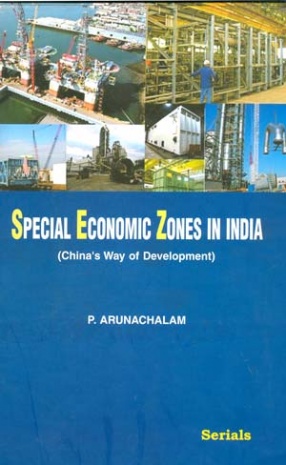
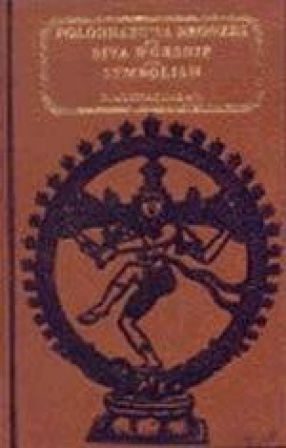
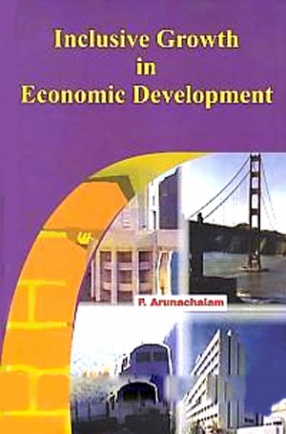
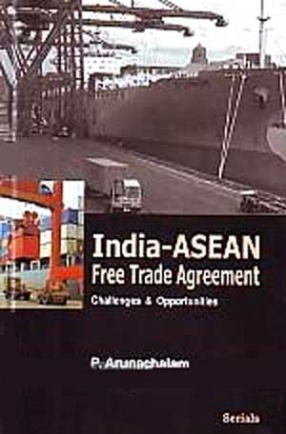
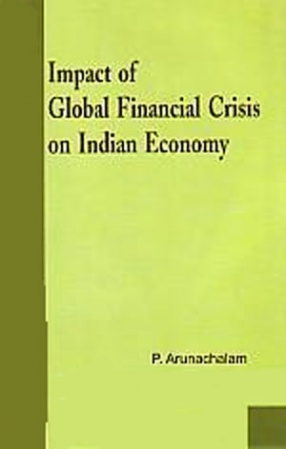





Bibliographic information
Tags